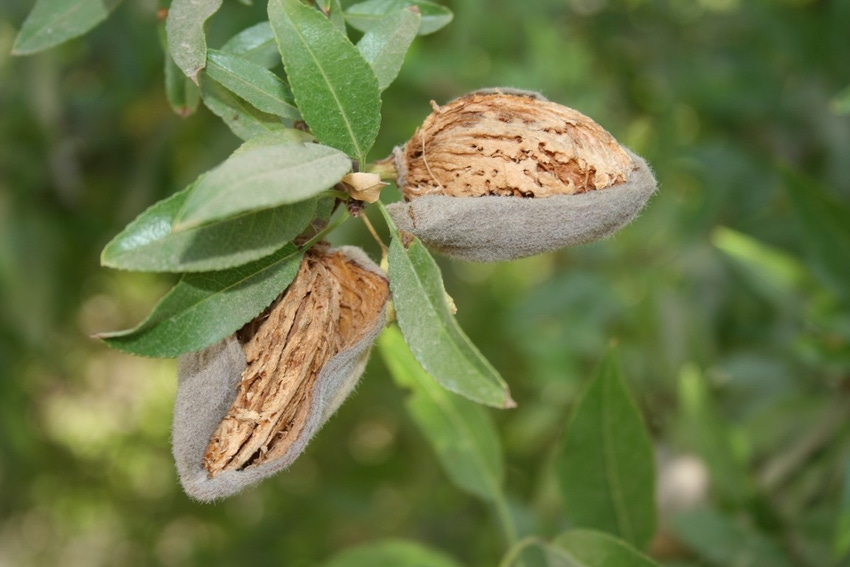April 8, 2015

California is entering year four of a historic drought impacting residents and businesses throughout the state. Governor Brown recently announced unprecedented conservation measures that have rightfully received significant attention.
The Almond Hullers & Processors Association (AHPA) released these eight points about water use in almonds.
1 - All food takes water to grow. Despite all the focus on almonds recently, almond production represents less than 12 percent of the state's total irrigated farmland and uses 8 percent of the state's agricultural (not total) water. This means that about 90 percent of the state’s farm land is planted with one of the many other crops grown in the state.
2 – California agriculture uses 41 percent of the state’s total water supply - not 80 percent as often quoted. The California Department of Food and Agriculture has a helpful new blog post based on a report from the Public Policy Institute of California.
The post features an eye-opening chart, along with additional important context about California agriculture and water use.
3 - Farmers are sharing in the painful sacrifice. California government is providing farmers with a 20 percent water allocation this year and the federal government is providing zero allocation.
In 2014, the drought cost farmers $1.5 billion and caused the loss of more than 17,000 jobs related to agriculture.
Almond growers across California are making difficult decisions, including pulling out orchards, or are simply providing just enough water to keep the trees alive.
We recognize that almonds and agriculture should continue to be part of the solution, but the suggestion that agriculture has been let off the hook does not stand up to scrutiny.
4 - Total agricultural water use is not increasing. Many have suggested that the shift in crops towards higher value crops including nuts and wine grapes have led to an increase in agricultural water use.
The California Department of Water Resources says the total amount of agricultural water has held steady since 2000 and actually declined over a longer period. Meanwhile, the value per gallon has increased.
More points
5 - Agriculture is critical to California's economy. Some try to belittle agriculture's contribution to the state by saying it only represents 2 percent of the state's gross domestic product.
6 - Almond growers have adopted efficiency measures. 70 percent of almond growers use micro-irrigation systems and more than 80 percent use demand-based irrigation scheduling. We expect those numbers to continue to grow over time.
Over the past two decades, the almond industry has reduced the amount of water it takes to grow a pound of almonds by 33 percent, thanks in part to these advancements.
7 - Most almond growers are not “big ag.” They are small, family farmers. As with any industry, business sizes vary. The 2012 USDA Census of Agriculture says more than 90 percent of almond farms are family farms and about three-quarters of those are less than 100 acres.
8 – How much water does it take to grow almonds? According to data collected from growers, the average water applied is 35.58 inches or 2.97 acre-feet per acre. This amount is about the same as the per-acre water needs for many other California crops.
With the average acre producing 2,390 pounds of kernels per acre, this comes out to about 400 gallons per pound. Depending on the size of the kernels, this comes out somewhere between ¾ of a gallon and a gallon per kernel, including the shell and hull.
The water to grow almond trees produces two crops kernels and hulls. The latter is sold for livestock feed which reduces the amount of water needed to grow other feed crops.
Established in 1980, the AHPA is a trade association representing the interests of almond growers, hullers-shellers, and processors.
You May Also Like




